Dry, flaky skin can result from various factors, including genetics and aging, which naturally predispose some individuals to this condition. If left untreated, dry skin can crack, increasing the risk of infections. Fortunately, there are many remedies and lifestyle adjustments to help restore and maintain hydrated, healthy skin.
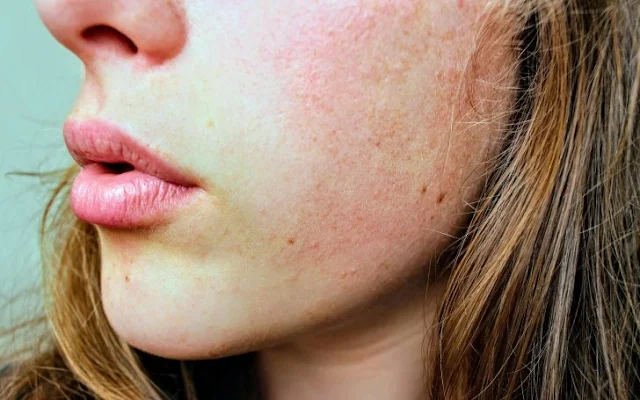
Shower Smarter
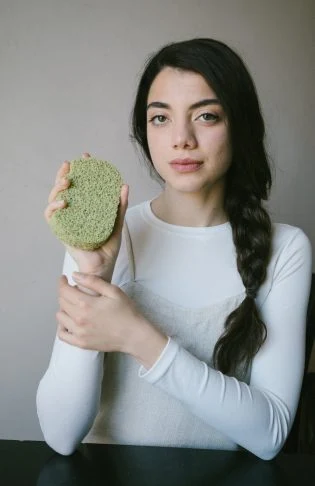
Frequent washing can strip the skin of its natural oils, making it more prone to dryness. To lock in moisture and protect your skin:
- Use lukewarm water: Avoid hot water, which can exacerbate dryness.
- Pat dry gently: Use a towel to pat your skin dry instead of rubbing.
- Moisturize immediately: Apply moisturizer while your skin is still damp to seal in hydration.
- Shave wisely: Always use shaving gel and a sharp razor to reduce irritation.
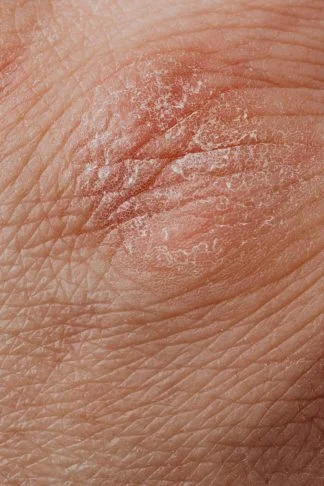
Combat Winter Dryness
Winter weather is particularly harsh on the skin due to cold air and frequent handwashing. To minimize its effects:
- Wear gloves: Protect your hands outdoors and while performing tasks like dishwashing.
- Use a humidifier: Adding moisture to indoor air can prevent dryness, as recommended by dermatologists.

Natural Remedies for Dry Skin
1. Olive Oil
Extra-virgin olive oil is rich in vitamin E and antioxidants, making it effective for repairing dry skin. Apply sparingly to dry areas such as elbows or mix it with a face mask for added hydration. Avoid overuse, as it may weaken the skin barrier.
2. Oatmeal Baths
Adding a cup of oatmeal to warm bathwater can hydrate and soothe irritated skin. This remedy also alleviates itchiness and discomfort caused by dryness.
3. Coconut Oil
Coconut oil works as a natural moisturizing cream. Apply it to chapped hands, feet, or heels before bed for intense hydration. For better results, wear gloves or socks after application.
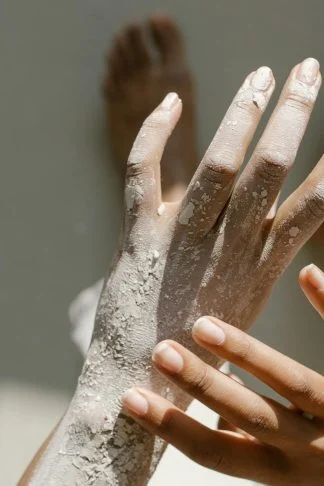
4. Milk Compress
Milk contains lactic acid and anti-inflammatory properties that can soothe and gently exfoliate dry skin. Soak a clean washcloth in cool milk and apply it to affected areas for 5–10 minutes. Avoid this method on cracked skin.
5. Aloe Vera
Aloe vera is known for reducing redness, irritation, and dryness. Its mucopolysaccharides, similar to hyaluronic acid, help retain moisture. Perform a patch test before applying it to larger areas of skin.
6. Honey
Honey is a natural humectant with healing and anti-inflammatory properties. Use it as a spot treatment for rough patches or include it in homemade face masks. Consult a dermatologist before using honey to treat specific skin conditions.
7. Petroleum Jelly
Products like Vaseline or Aquaphor create a protective barrier to lock in moisture and prevent chafing. Petroleum jelly is suitable for sensitive areas like eyelids and lips but should be avoided on acne-prone areas.
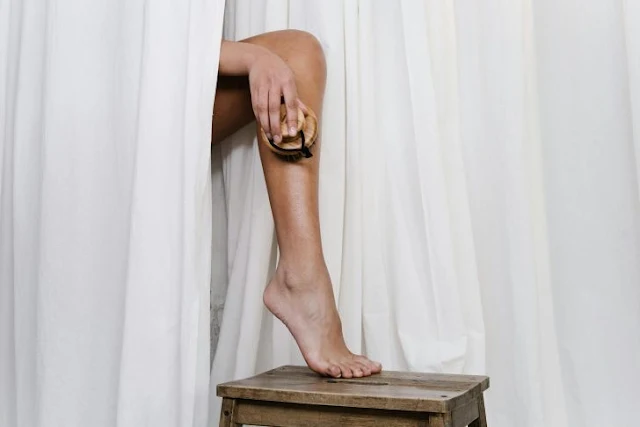
Choosing the Right Products
When selecting skincare products, opt for ointments or creams instead of lotions for better hydration. Look for these key features:
- Fragrance-Free: Choose products labeled as “fragrance-free” rather than “unscented,” which may still contain irritants.
- Hydrating Ingredients: Seek out components like ceramides, glycerin, and hyaluronic acid for effective moisture retention.
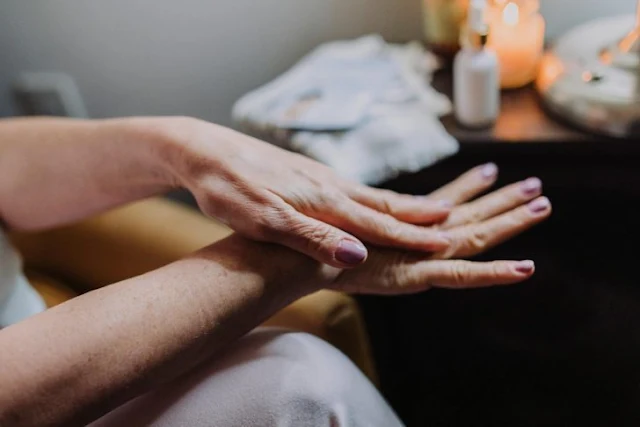
When to Consult a Doctor
If dryness persists despite home remedies, it may signal an underlying skin condition. Consult a dermatologist for professional care or prescription treatments tailored to your needs.
By following these tips and incorporating natural remedies, you can effectively manage dry, flaky skin and maintain a healthy, glowing complexion.
Patricia Krentcil: The Evolution of “Tan Mom”
Obsterscence dominates our lives and can provide long -term results, especially in our health. Patricia Clantis is a person who knows him well. Her tanning obsession has led her to internet fame, but it’s also brought her dangerously close to death with a condition called anorexia.
When Patricia was younger, tanning became an important part of her life: she would visit tanning salons five days a week and spend hours in the booths to achieve the perfect tan. This obsession intensified when she was accused of taking her 6-year-old daughter to a tanning salon and endangering her health.The incident made Patricia an internet sensation, with media outlets dubbing her “Tan Mama.” But it also shed light on the condition of tanorexia, where individuals become addicted to tanning and are unaware of just how much color they have. Health professionals warned of the dangers of excessive tanning and its link to skin cancer.

Despite the controversy, Patricia maintained her innocence, claiming that her daughter had been burned while playing outside. The charges against her were eventually dropped, but the public scrutiny took a toll on her and her family. They decided to start anew and moved to Florida.Unfortunately, Patricia’s struggles were far from over. In June 2019, she fell gravely ill due to complications from pneumonia. She was placed on life support, but thankfully, she pulled through. Today, Patricia is doing much better, although the scars from her past tanning are still visible.

In an interview, Patricia expressed that she no longer dwells on the negative aspects of her past. She has embraced her status as “Tan Mom” and even continues to tan twice a week in her own tanning bed. She sees herself as two separate people – Tan Mom, the celebrity, and Patricia Marie, the mom.The story of “Tan Mom” sparks a debate about the existence of tanning salons. Some may argue that they should be shut down due to their potential health risks, while others believe it should be a personal choice. What are your thoughts on this issue?

Regardless of where you stand on the matter, Patricia Krentcil’s journey serves as a reminder of the importance of moderation and self-awareness. Let’s be mindful of our obsessions and ensure they don’t overshadow the other crucial aspects of our lives.Please share this article with your friends and family on Facebook and let us know your thoughts in the comments below!

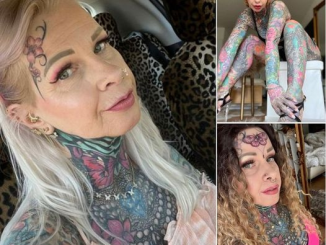

Leave a Reply